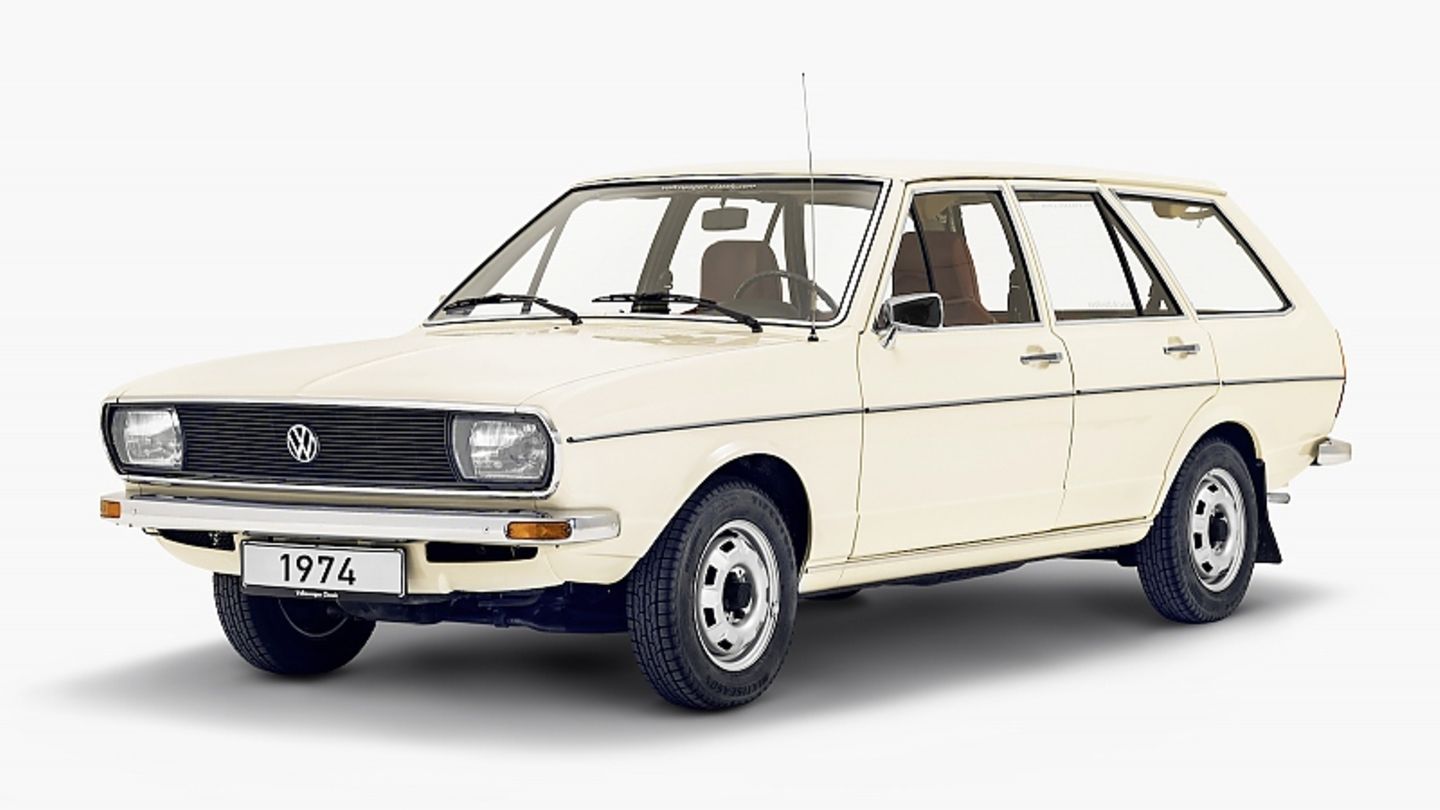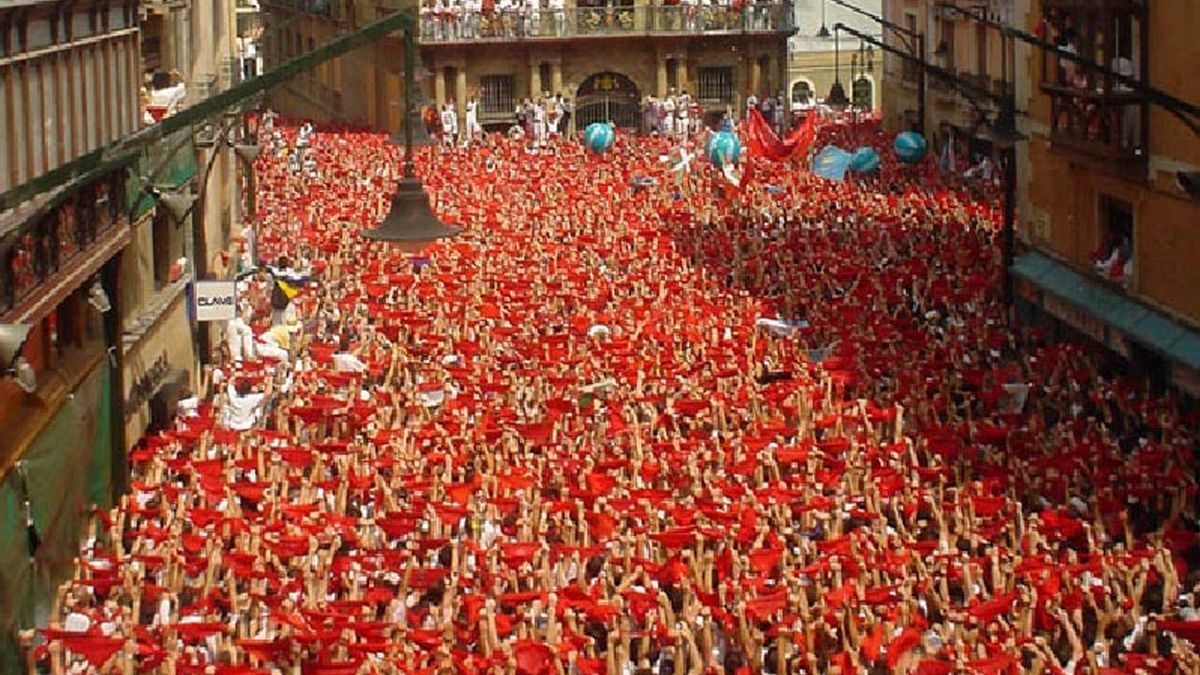Anyone who thinks of a Volkswagen classic dreams of a pretzel beetle, the Golf I GTI or a sporty exotic like the SP 2. But what about an early Passat? The mid-range model has stood for family mobilization for decades. Some Passat models have what it takes to become real classics. This year he celebrates his 50th birthday.
Okay, the big emotions rarely come up with a Passat, but the Passat accompanied many of us through our youth. The parents drove a VW Passat Variant, maybe it was the uncle with his hatchback model or later the neighbor who later even treated himself to a Passat W8. In any case, there are many stories and little stories about the Passat, because the favorite middle-class vehicle of the Germans is also a bestseller worldwide. Most of the time it was produced at the Emden plant, but the story began at the main plant in Wolfsburg. Technically derived from the Audi 80 of the time, Volkswagen wanted to conquer the middle class with the first generation B1 Passat. The design by Giorgio Giugiaro, who also created models such as the Golf and the Audi 80 at the time, should help.
Giugiaro’s original design, known as the EA 272 development order, was stopped at the last minute for cost reasons. However, based on the Audi 80 B1, the Italian designer developed a more rational model with a hatchback and a slightly modified front end. To this day, the original Passat is considered a design icon. Unusually: the VW Passat was initially offered as a two-door hatchback. Those who wanted could get the Passat – named after the stable winds on the equator – as a four-door version and here as a hatchback version with a small cover or as a variant with a large flap. The starting equipment was sparse and the engine portfolio initially ranged from the Passat 1.3 with 40 kW / 55 hp to the 85 hp sports version.
The VW Passat quickly made a name for itself as a vehicle for the authorities, because the post office, fire brigade and police were all too happy to switch from the previous Beetle to the Passat Variant, which could be used variably and offered plenty of space. In the USA, the VW Passat was called Dasher and since the Americans still wanted station wagons at the time, the Passat station wagon was even introduced under the name Audi Fox (Station) Wagon with significantly improved standard equipment. On the classic market, however, the VW Passat B1 has so far been a hardly desirable vehicle – perhaps because the great emotions are missing and most of the vehicles simply no longer exist. Then the Passat was not only in its first generation simply the flagship family car of the Germans and therefore does not offer the desires that an early VW Golf, BMW 3 / 5 Series or a Mercedes E / S Class offers for today’s classic fans.
So if you are looking for a classic that you can enjoy for a long time to come, the second generation, built between 1980 and 1988, is probably a better choice. He too has now made it into the vintage car age. The B2 Passat was compared to its predecessor to a mature luxury model. Although many Passat models were still sold in the first few years, whether with a hatchback or as an estate, as the economy versions C or CL, things went differently. While the basic models lacked almost everything that makes a car comfortable and luxurious, the top models looked very different. As the GT or Carat, they not only offered tinted windows, aluminum rims and power steering, but also equipment details such as central locking, electric windows, a sunroof, electric mirrors and air conditioning. On the one hand, these top models offered optional 2.2-liter five-cylinder engines from Audi with up to 100 kW / 136 hp and all-wheel drive called Syncro, but also diesel, turbodiesel and an eco-friendly variant called Formula E, which has more favorable air resistance and a manual start-stop system together with a five-speed gearbox (4+E) should reduce real consumption.
If you are looking for a VW Passat from the early generations as a classic today, we recommend the VW Passat Syncro GT, because it offers excellent equipment, the sonorous five-cylinder sound and very respectable driving performance, because the vehicle weight was manageable at the time. At that time, for example, particularly elegant models with complete equipment in a light blue metallic were awarded to leading officials of the German Sports Association. It is precisely such rare models that are more sought after than ever. The situation was completely different with the Santana notchback model, which was also available from 1981 and was intended specifically for markets in Asia or South America and was also intended to find customers in Europe. Many import models are equipped with the more powerful engines, have significantly better comfort features and mostly an automatic transmission. The search for spare parts can sometimes be difficult, because many components are no longer available and the supposed spare parts for a European VW Passat / Santana do not always fit. In terms of exclusivity, however, a supposed VW Quantum, Corsar or Carat sets records. And – get in the mood for an early VW Passat? For your 50th birthday?
Source: Stern
I’m a recent graduate of the University of Missouri with a degree in journalism. I started working as a news reporter for 24 Hours World about two years ago, and I’ve been writing articles ever since. My main focus is automotive news, but I’ve also written about politics, lifestyle, and entertainment.




